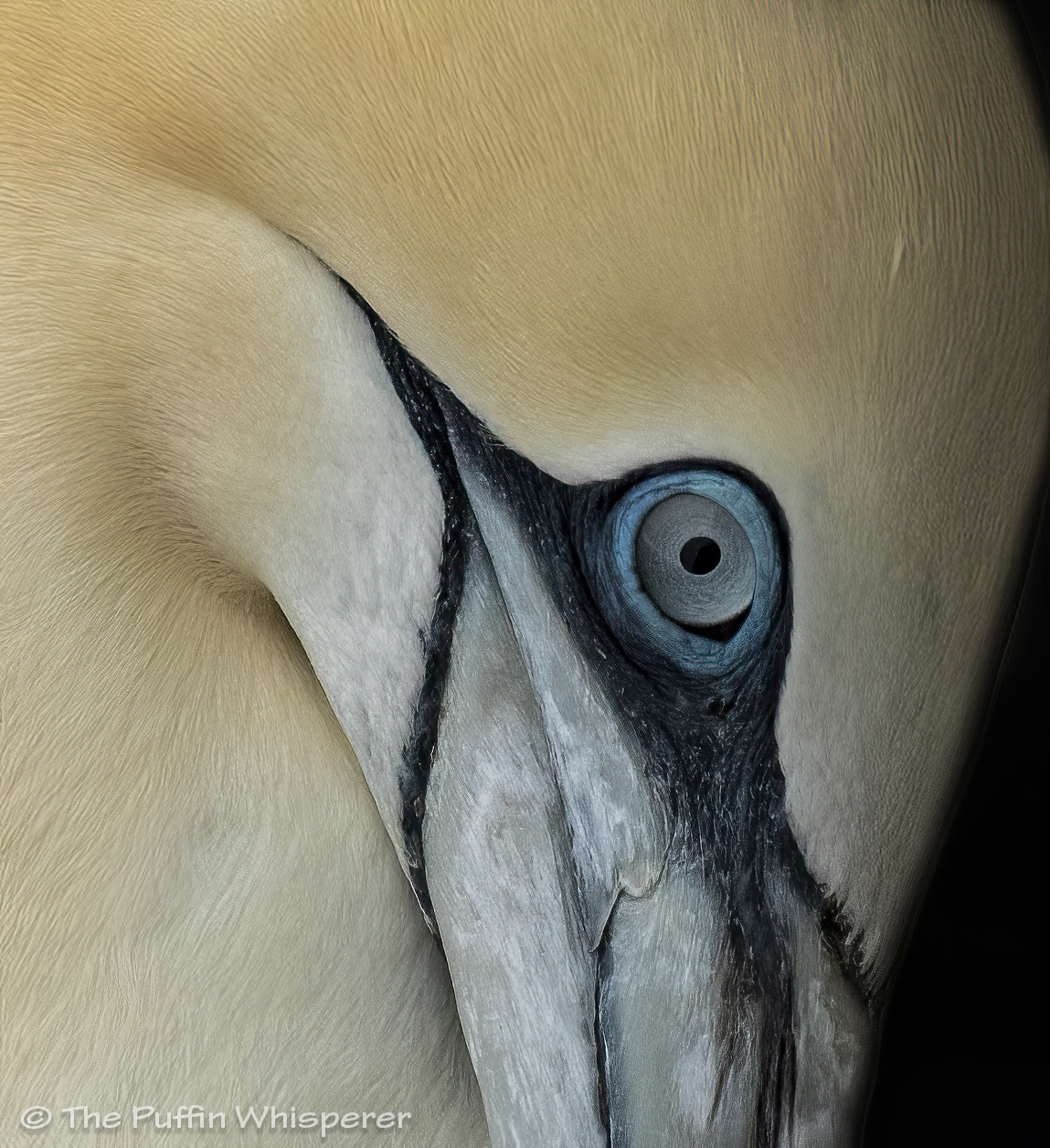
When I am on Westray I love to walk along the high cliffs of the West coast and be surrounded by the spectacular scenery with all the magnificent seabirds. I know that it might be dangerous, but when I leave the path and walk closer to the rocky cliffs, I can listen to the voices of all the species of seabirds, all their different voices and calls. The echo of this incredible sound is overwhelming… I stop and I close my eyes and it is like I live in another world. The loudest voices come from the Northern Gannets (Solan Goose is the Orkney name and Sula bassana is the Italian one), Kittiwakes (Kittick in Orkney and Gabbiano tridattilo in Italian) and Guillemots ( Aak in Orkney and Uria in Italian ). It’s enchanting and magical, especially on a foggy day. To be in the presence of all this can make you feel totally insignificant. The voice of the wind, together with the echoes of Atlantic ocean in deep caves down the cliffs, sound as the perfect refrain of this beautiful song.
Puffins (Tammie Norie – Pulcinella di mare), Fulmars (Mallimack – Fulmaro), Razorbills (Baukie – Gazza marina), Great and Arctic Skuas (Bonxie and Scootie Allans in Orkney – Stercorario maggiore and Labbo in Italian) and other species are also part of the wild rocky cliff jungle.
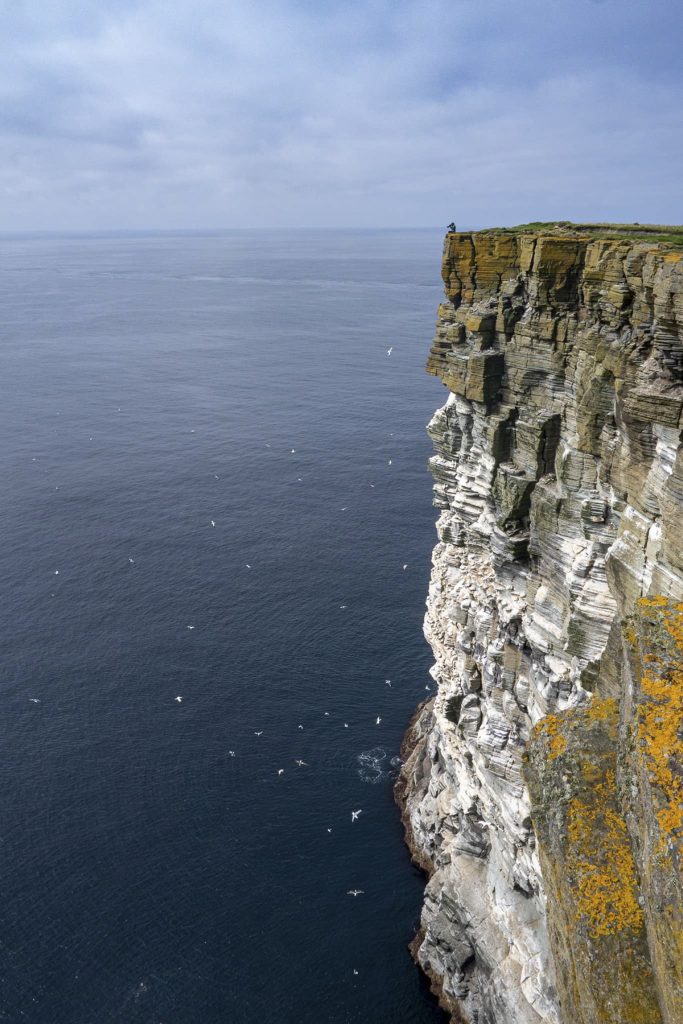
What happened on one of our walks was remarkably unexpected.
Walking from Noup Head along the coast with my camera, looking down from the edge of the cliffs to see if there were Gannets close by in nice poses along the vertical rocks, I found a spot where I could sit down and have a good view over a group of them. There were 7 Gannets, 5 adults, a mum with a big chick and another female (I suppose) sitting on her nest. A gorgeous subject to photograph! The five Gannets were performing at their best with many interesting poses for my camera. I love their faces and all their expressions.
What I never expected was to see an egg in the nest, when suddenly the Gannet moved to stretch her wings! It was the 29th of July and at that time all the chicks are well grown up, they are big and white fluffy, almost the same size as the parents. I called David who was wondering what I was doing all that time there, and I said: ‘I think that there is an egg over there’ pointing out the nest. She moved again, and yes, there was an egg!
We came back again three days after and I couldn’t believe my eyes! I had a great surprise: the chick was just hatched! Aww cute!!! So tiny! The mum was very protective and so delicate with him… ehm… her. Yes, her, because I decided to give her a name: Greta, Greta Gannet.
Look at those tiny feet!!!
I am so happy to have had the chance to witness a true heartwarming experience that day.
I am still amazed by the delicacy of her movements, the way she kept the egg carefully on the feet. Researching online, I have found out that Gannets do not have a brood patch (and I even didn’t know what a brood patch was!) and incubate their eggs with their feet. The shell of the egg is quite thick to support the parent’s weight. Nature is amazing!
Since then I have been thinking and been concerning about that little chick all the time, so close to the edge of the cliff, with other even more close lively neighbours… and, where’s the dad? How can he land there to feed the mum if there isn’t enough room for everybody? And what about that Great black-backed gull that keeps flying back and forth looking for a solitary chick on the rocks for dinner?
We came back again after 6 days… and I was so afraid to discover something bad. But luckily I was wrong, Greta was still there with her loving mum.
What a relief!
Well, I thought that the Gannet on the nest was the mum, but it could have been the dad too. I need to check my photos more carefully to see if I can see any difference.
Northern Gannets are monogamous and mate for life, like albatrosses and puffins. They renew their bonds every year at the breeding colony. The female lays a single egg which is incubated by both parents for about 45 days. The chick is brooded for more days until it grows white down. Both parents feed the chick, so I may have seen also the dad on that nest. After about 3 months the chick fledges. Both parents have the same care for the chick and defend the nest against other gannets. They can be quite aggressive, too. It’s not an easy life when you live in such busy flats.
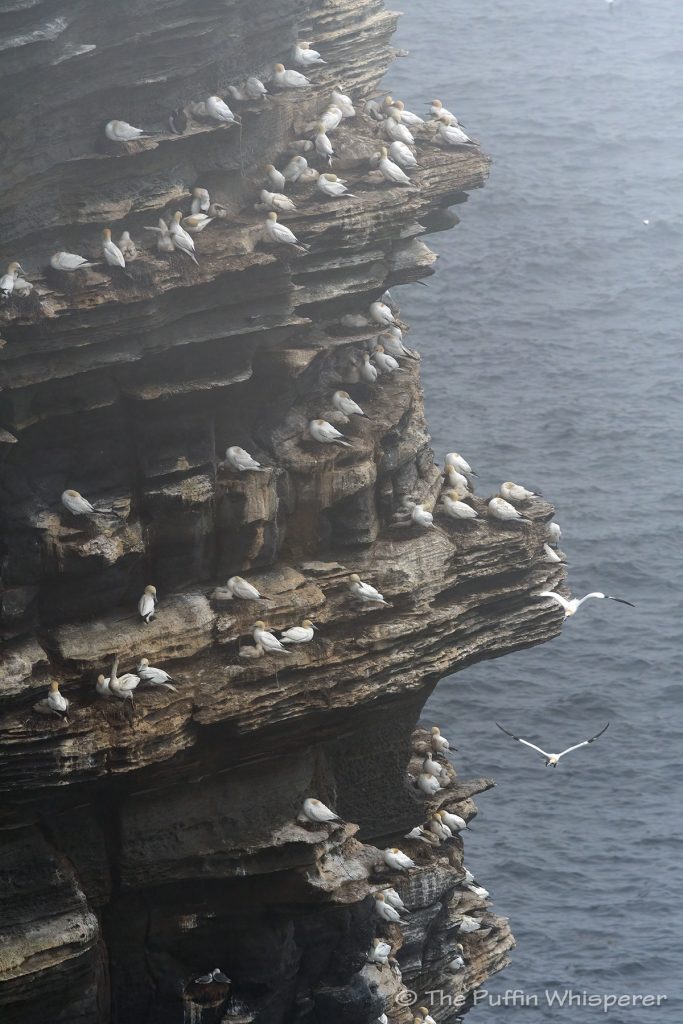
I had the good news that Greta was still there a couple of days ago.
Well, I am hoping that Greta Gannet will have a long and wonderful life, together with all the new young gannets and all the other youngers of the other species. Good luck and see you next year on the rocky cliff jungle! My little corner of paradise!
We didn’t cause any harm to the birds with our presence. Photos taken with telephoto lens and cropped. Please don’t walk close to the edge of the cliffs. It is really dangerous.
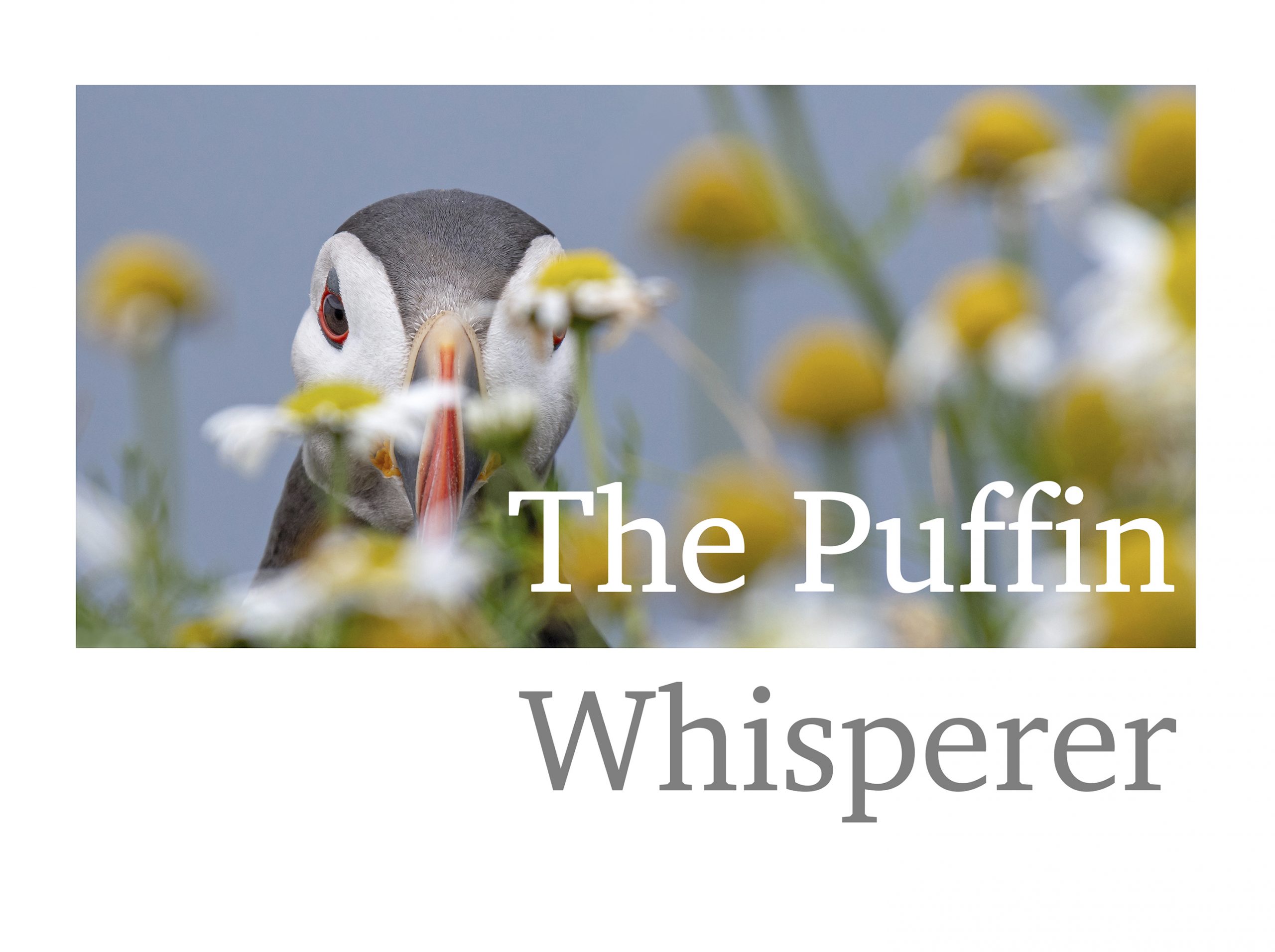
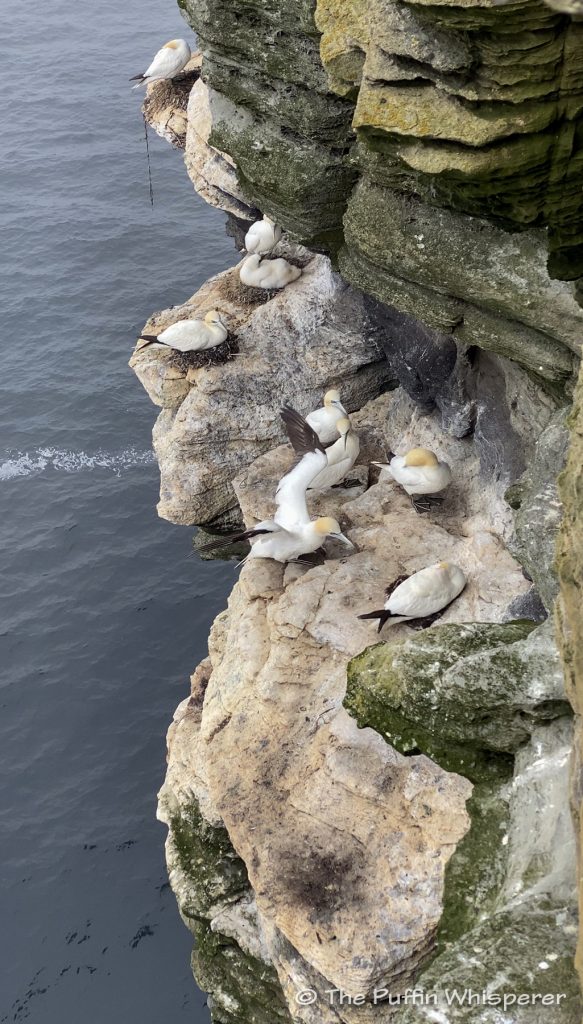
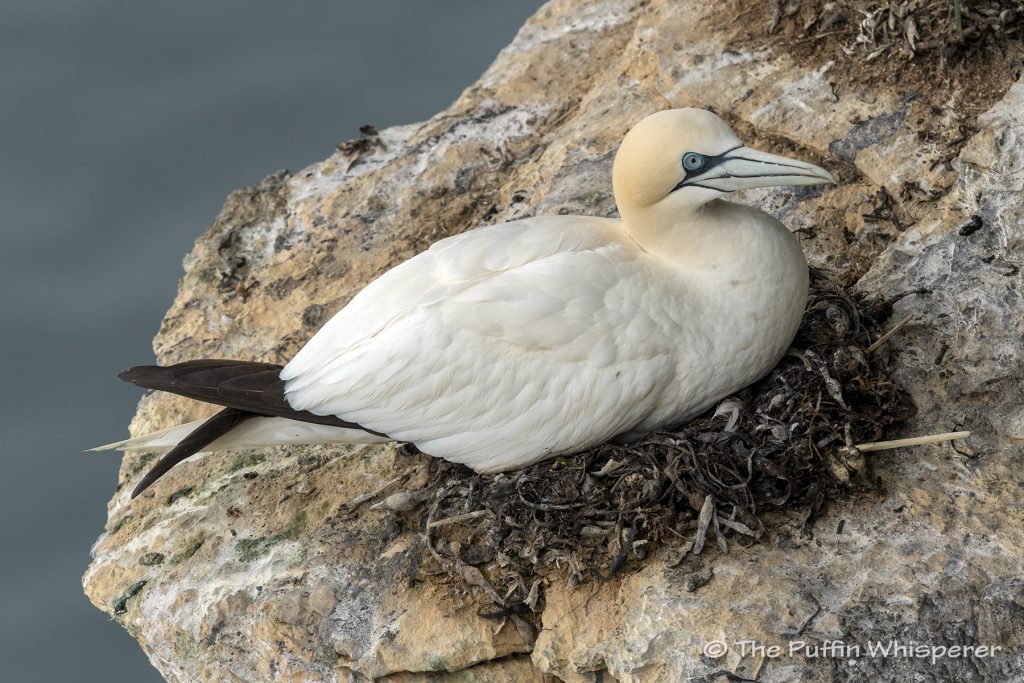
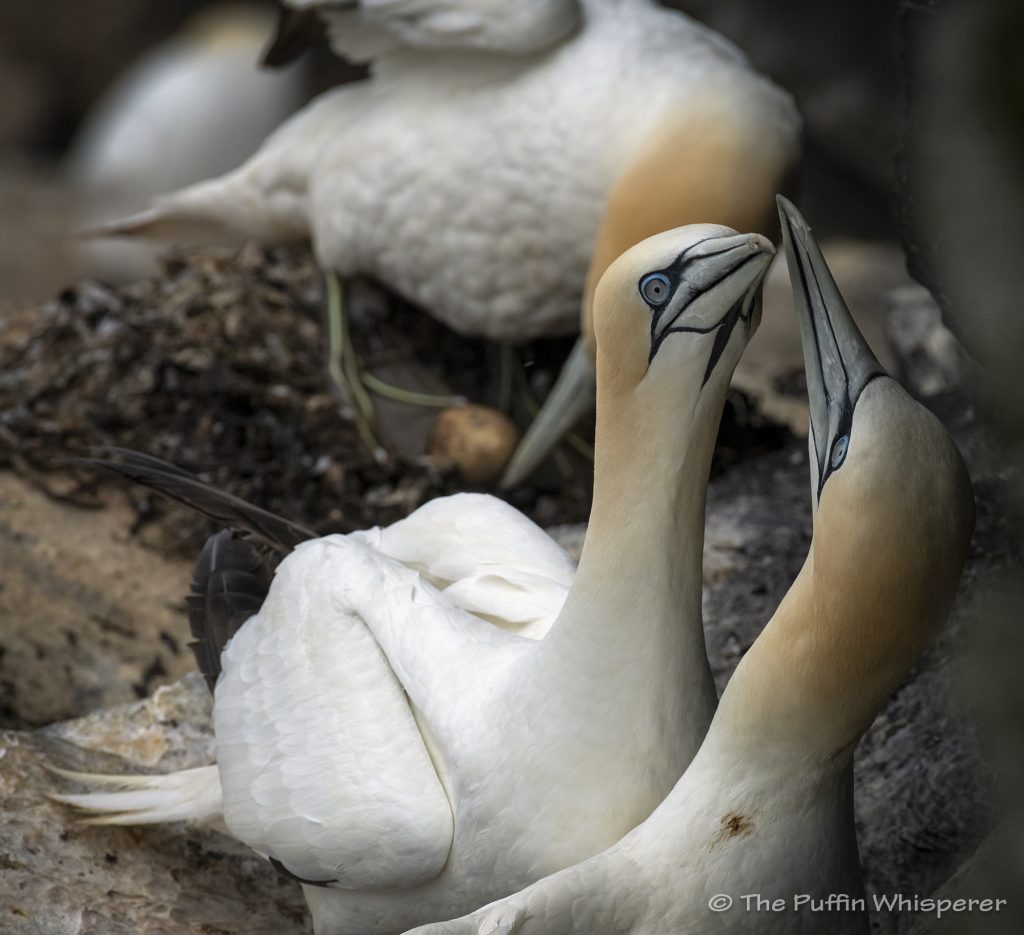
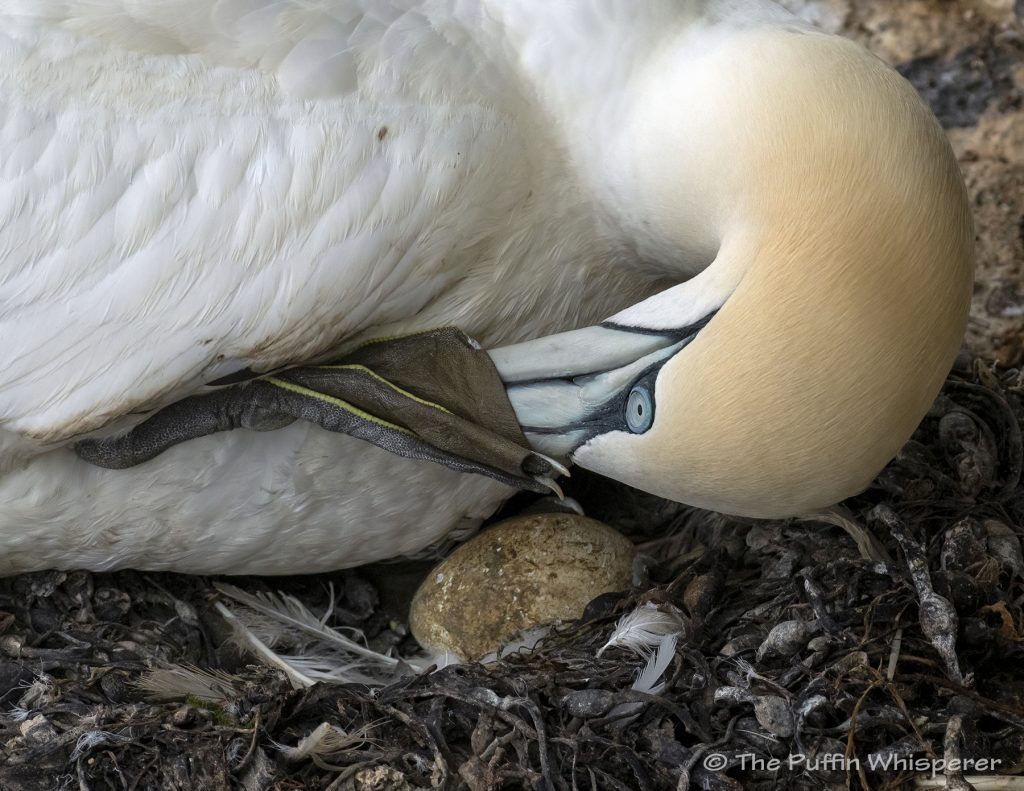
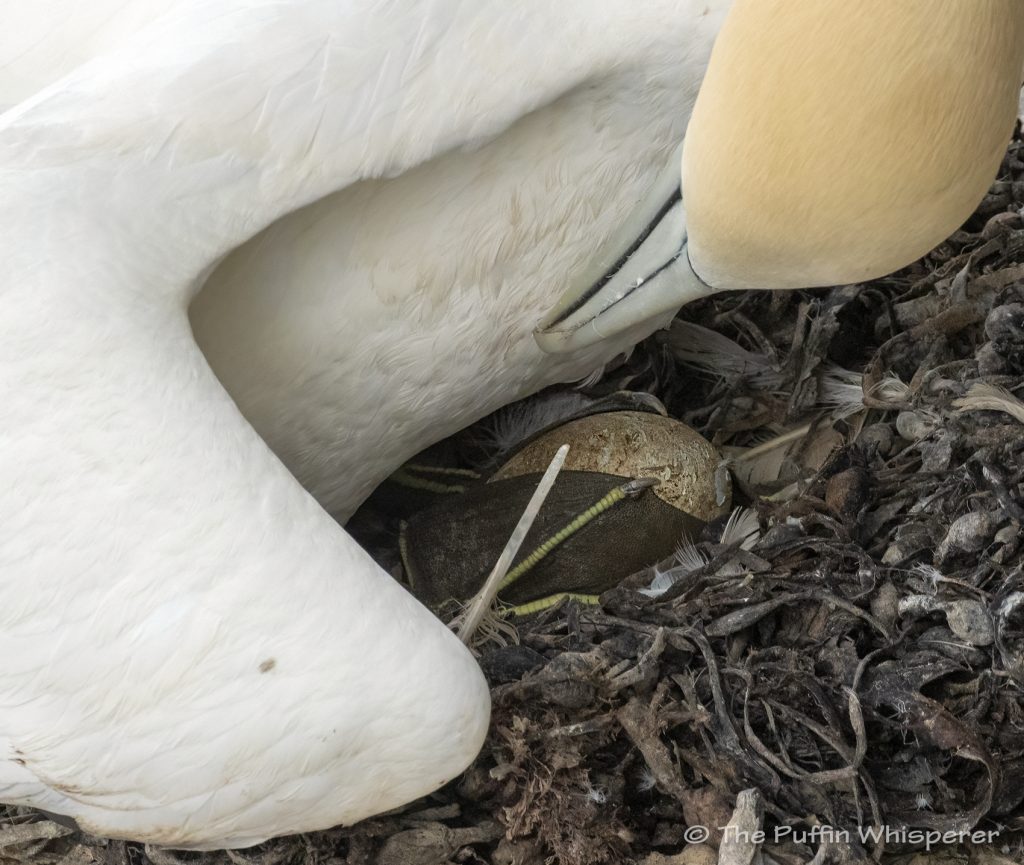
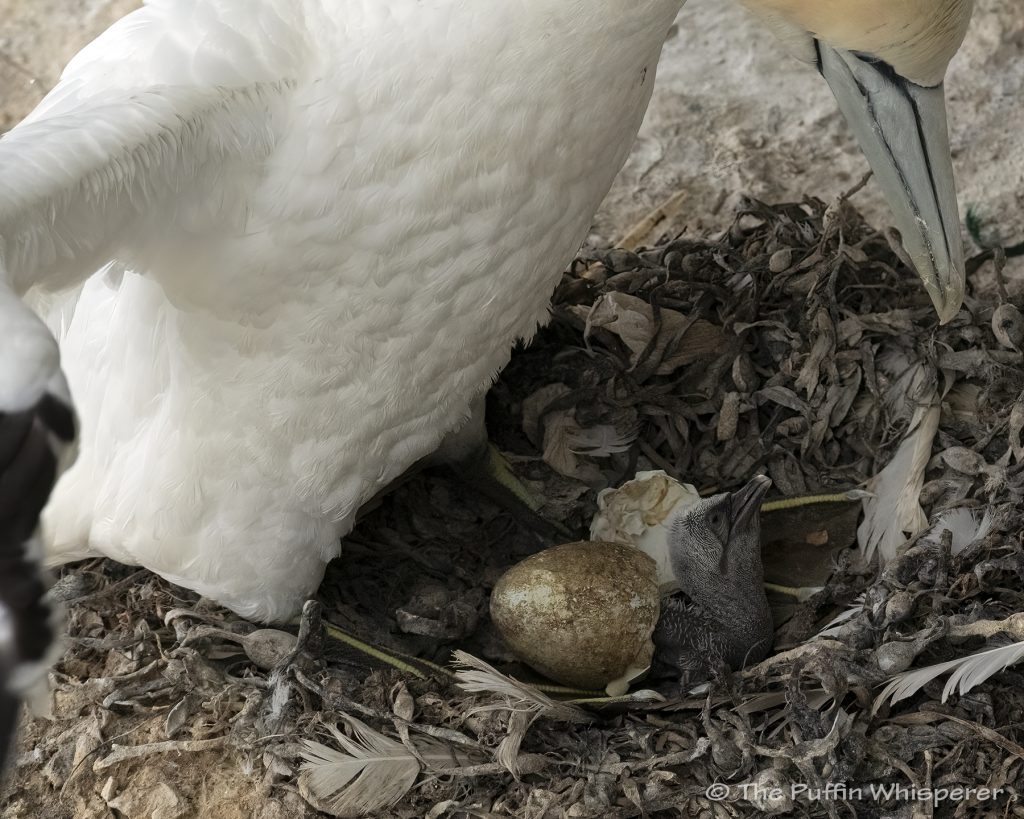
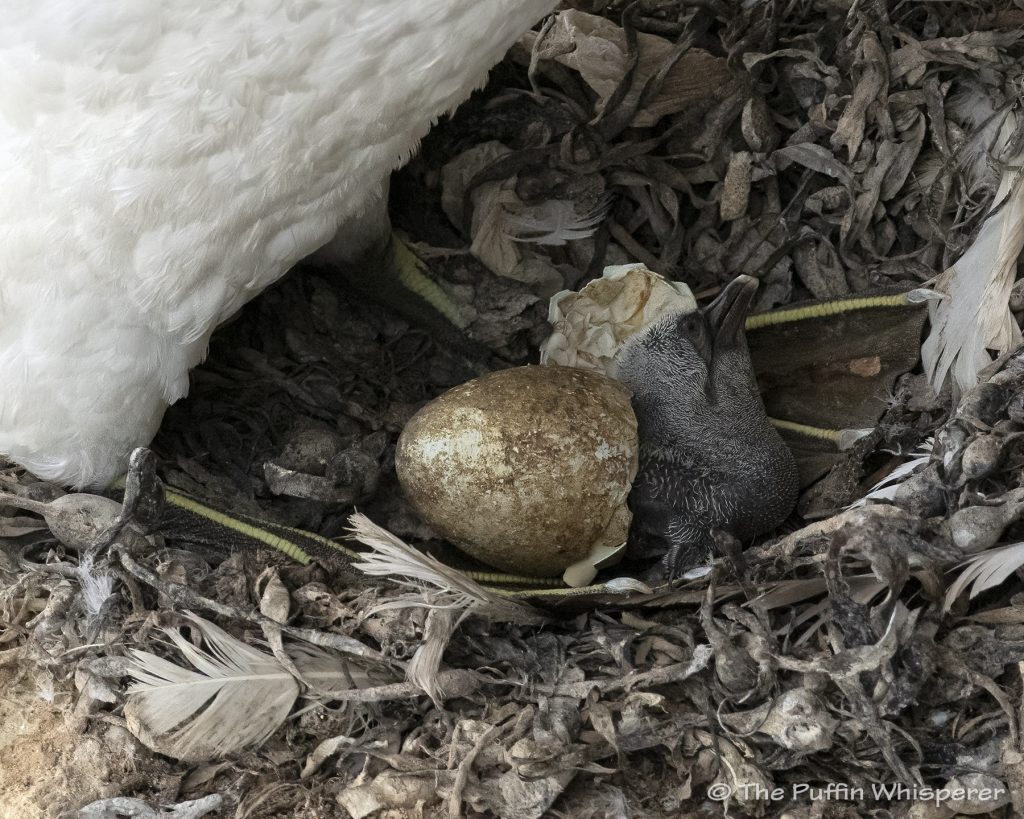
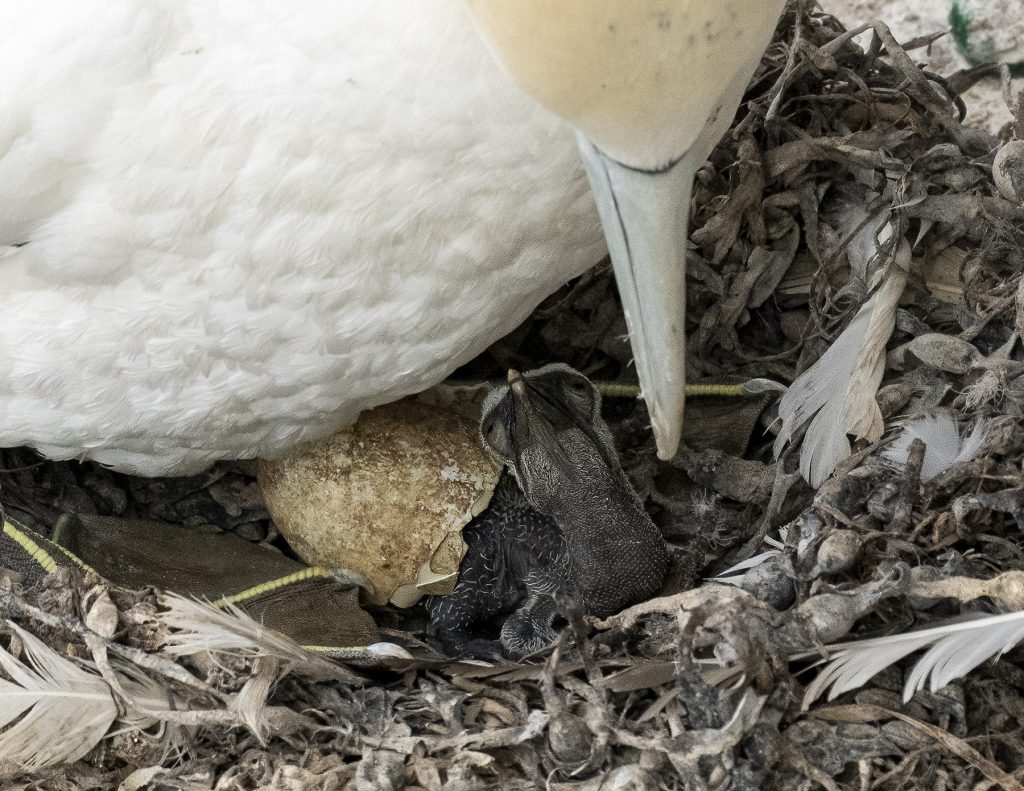
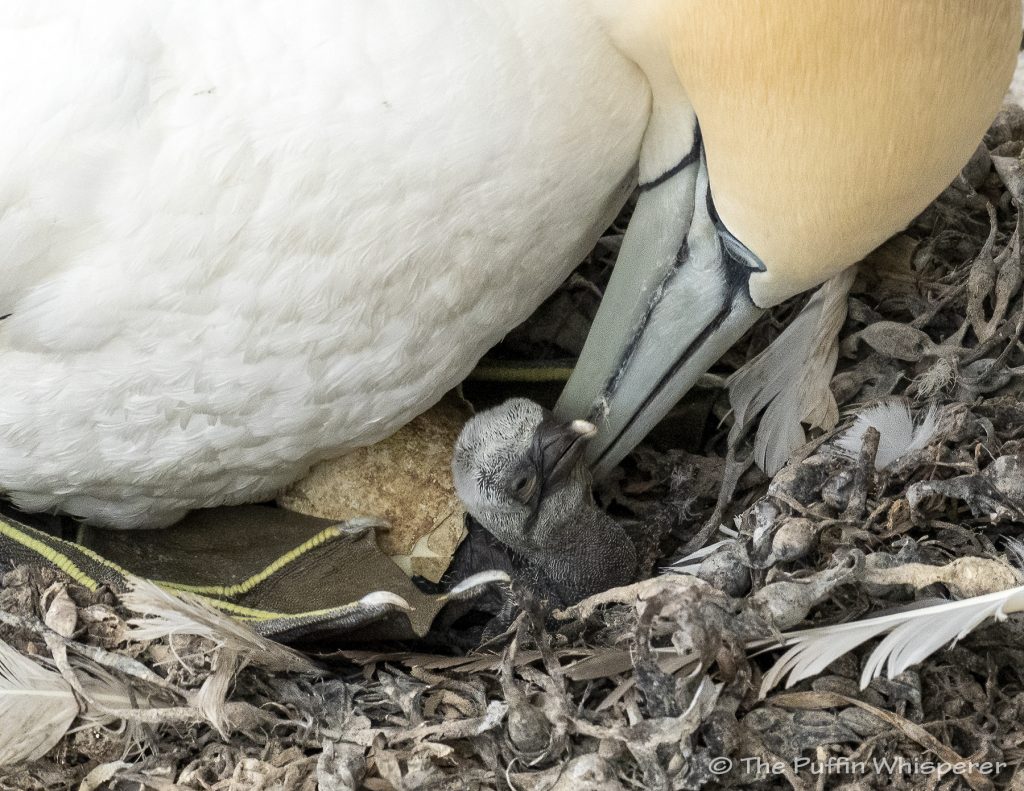
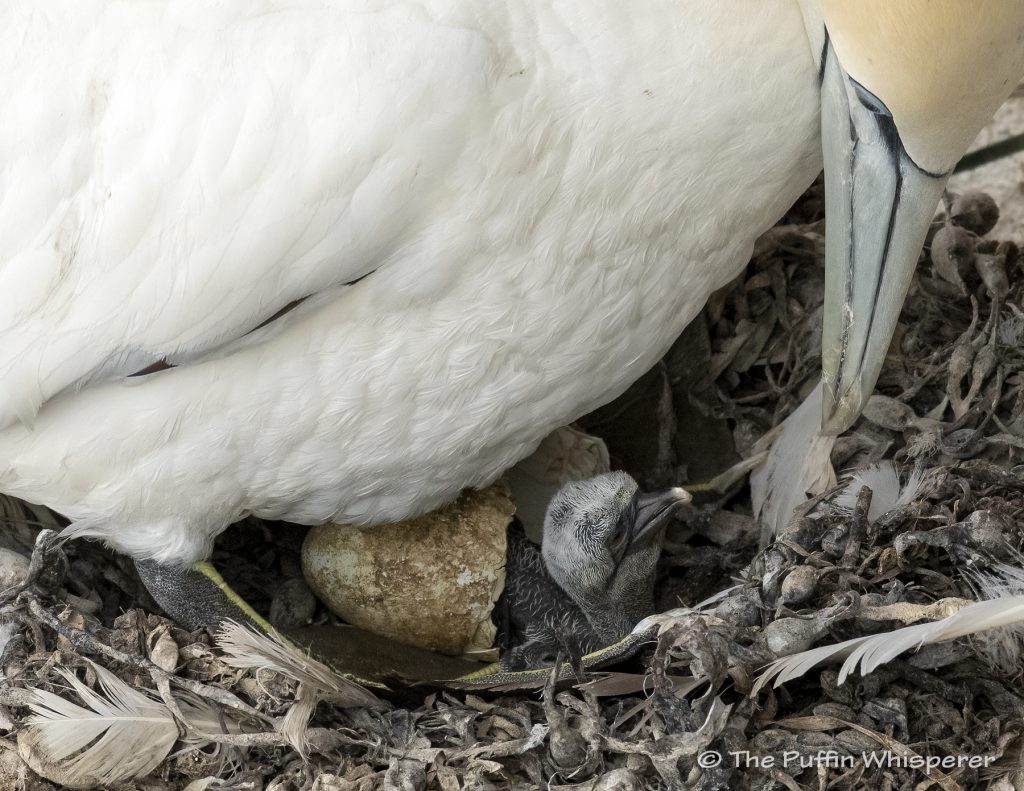
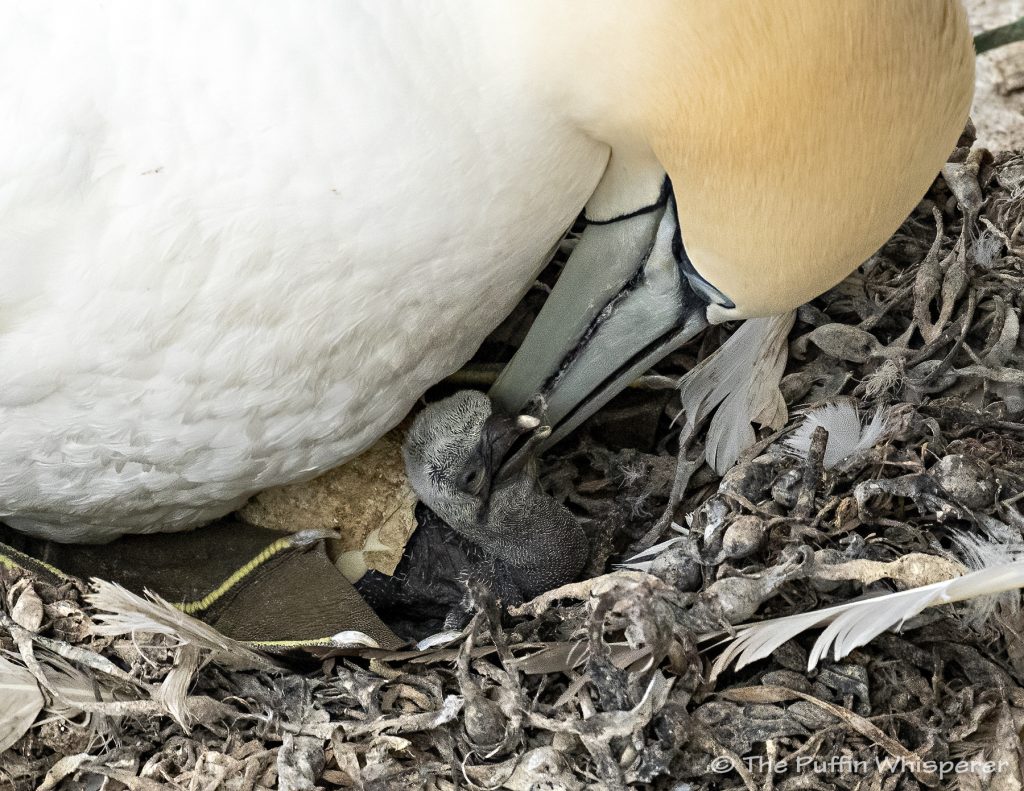
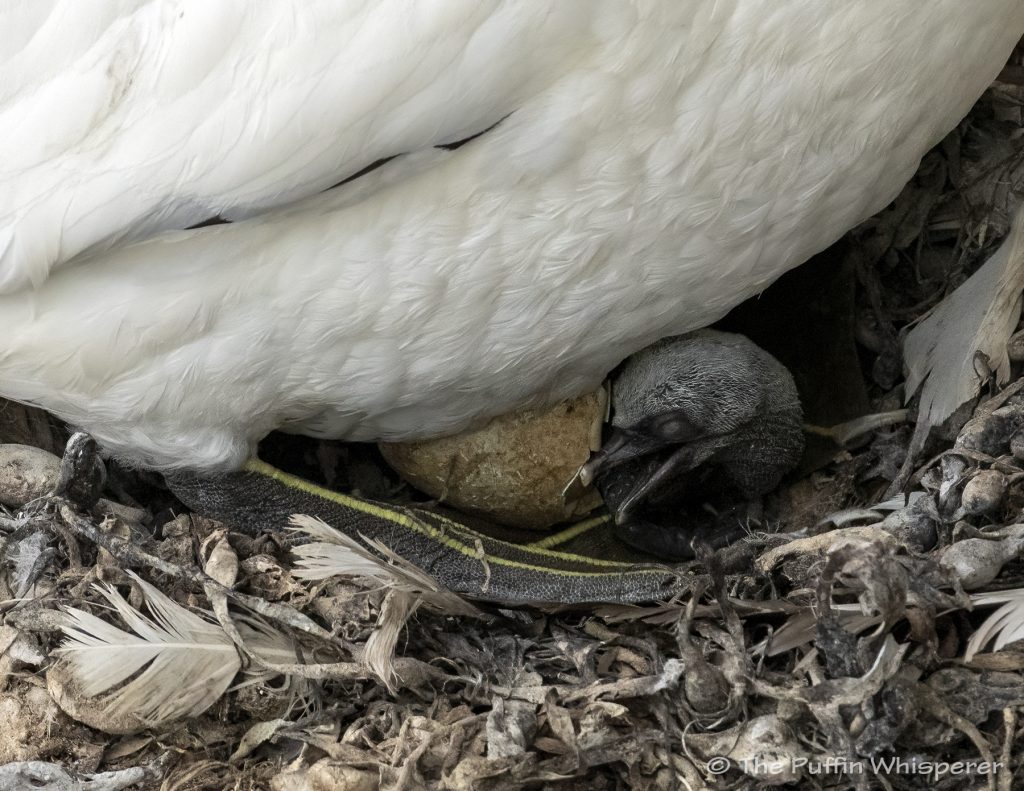
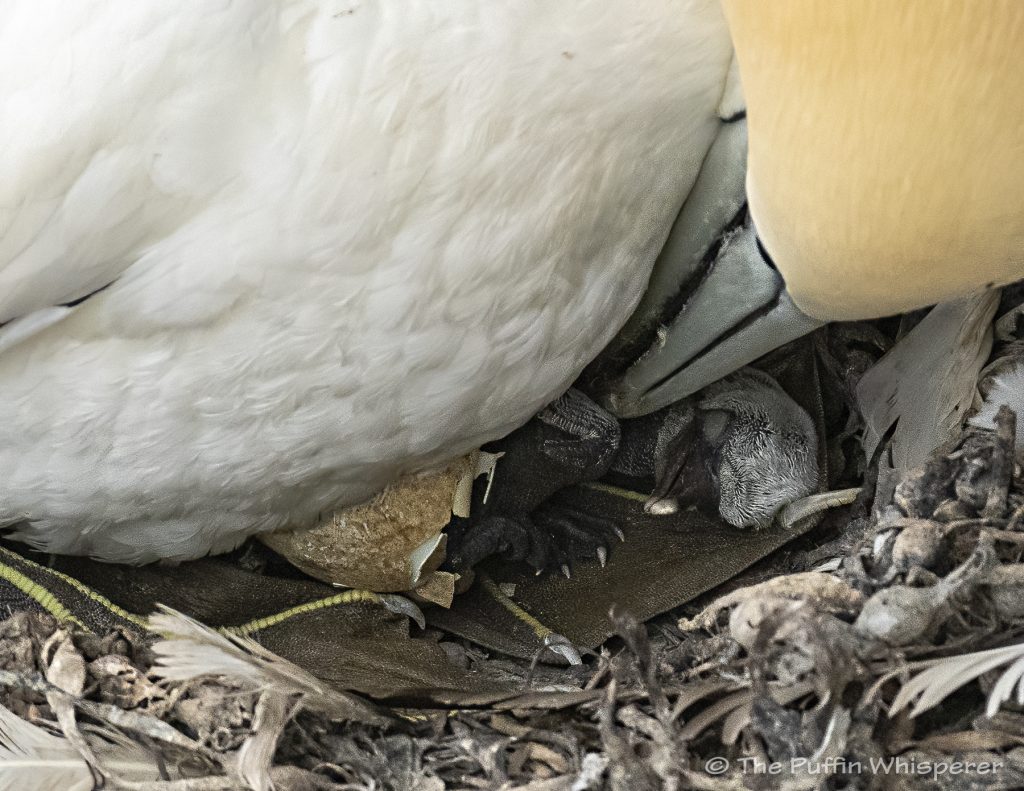
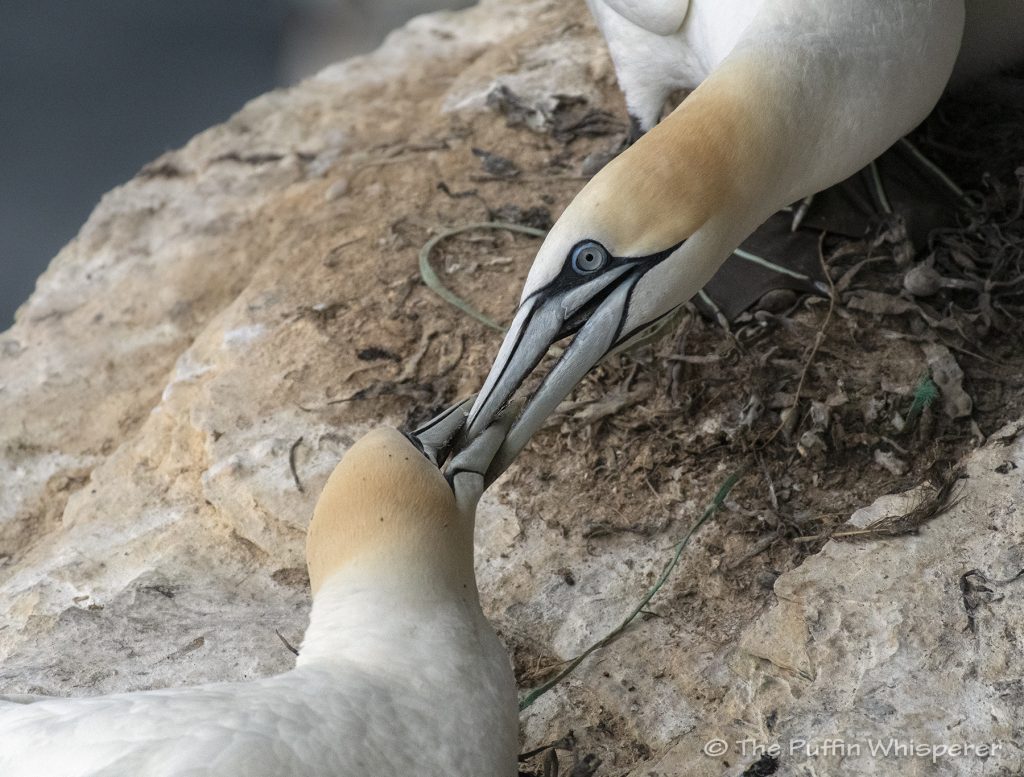
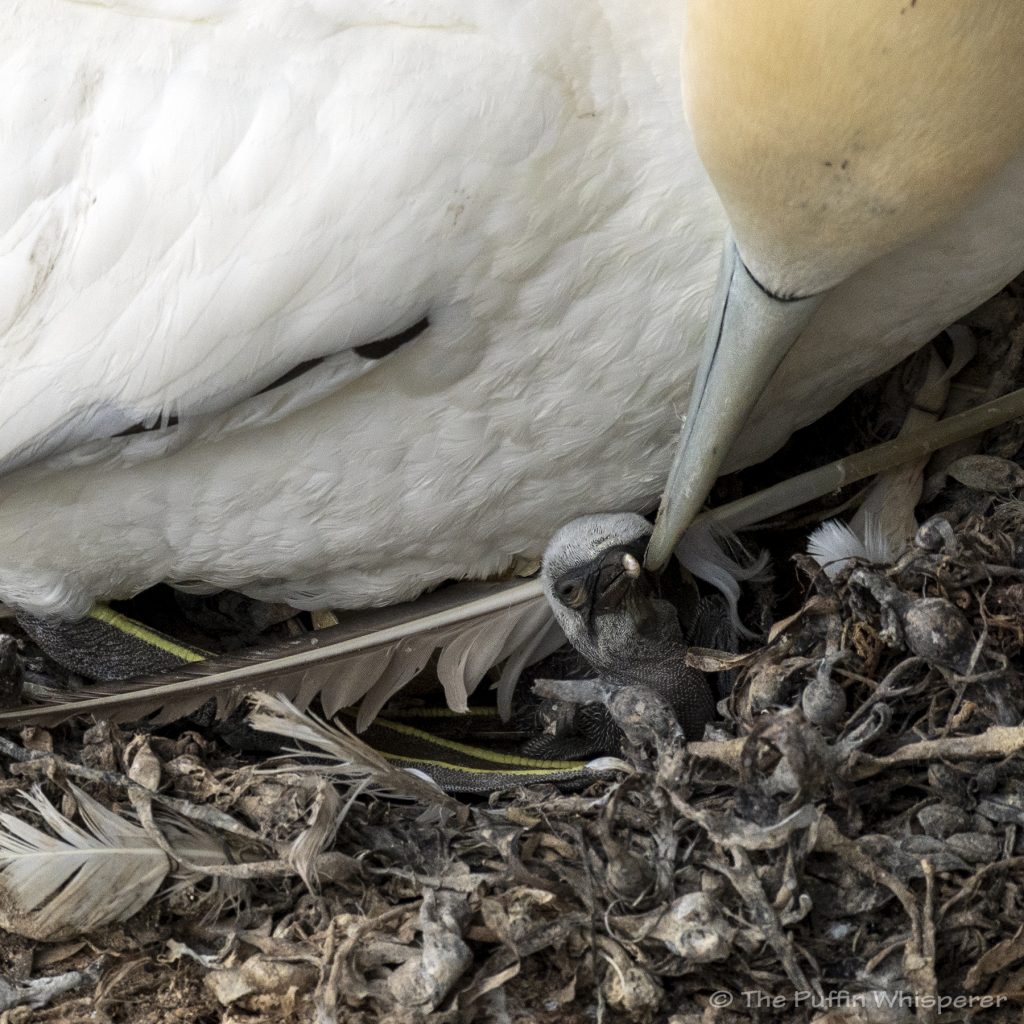
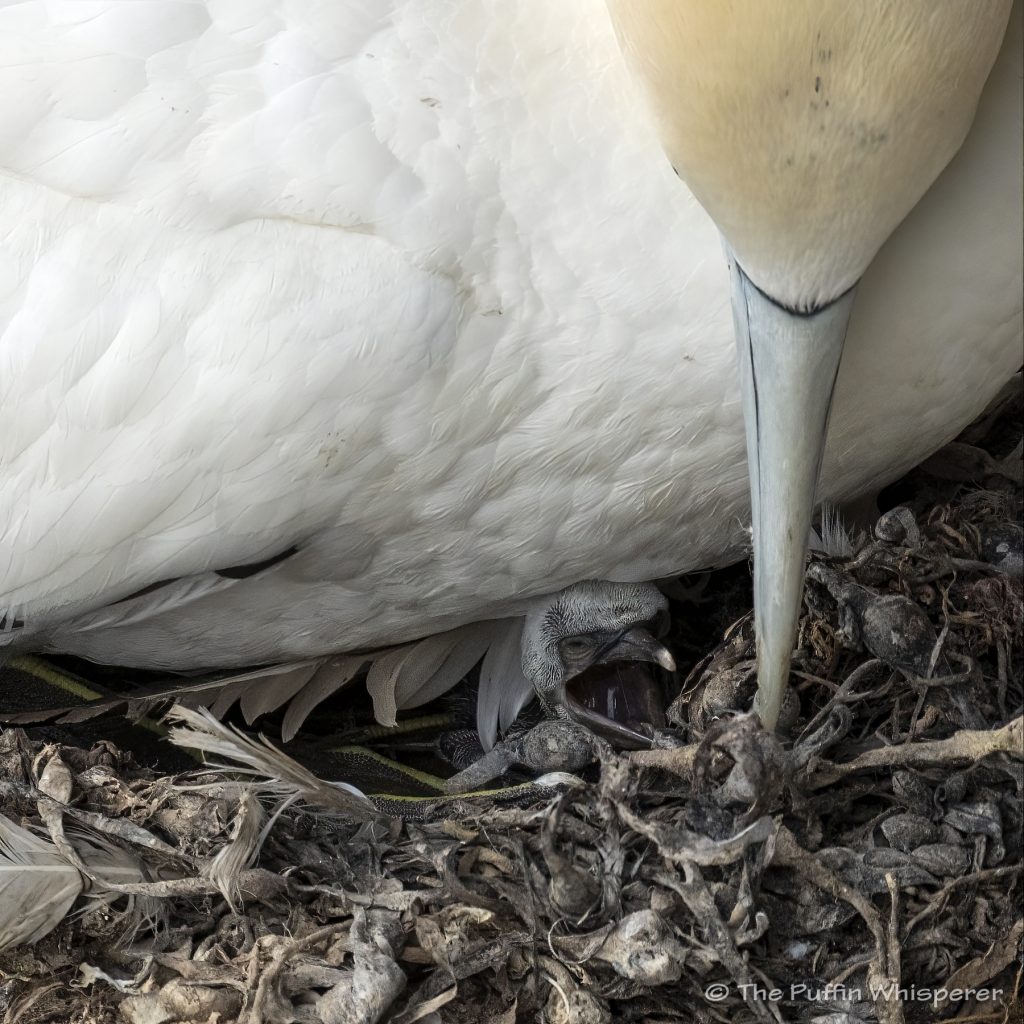
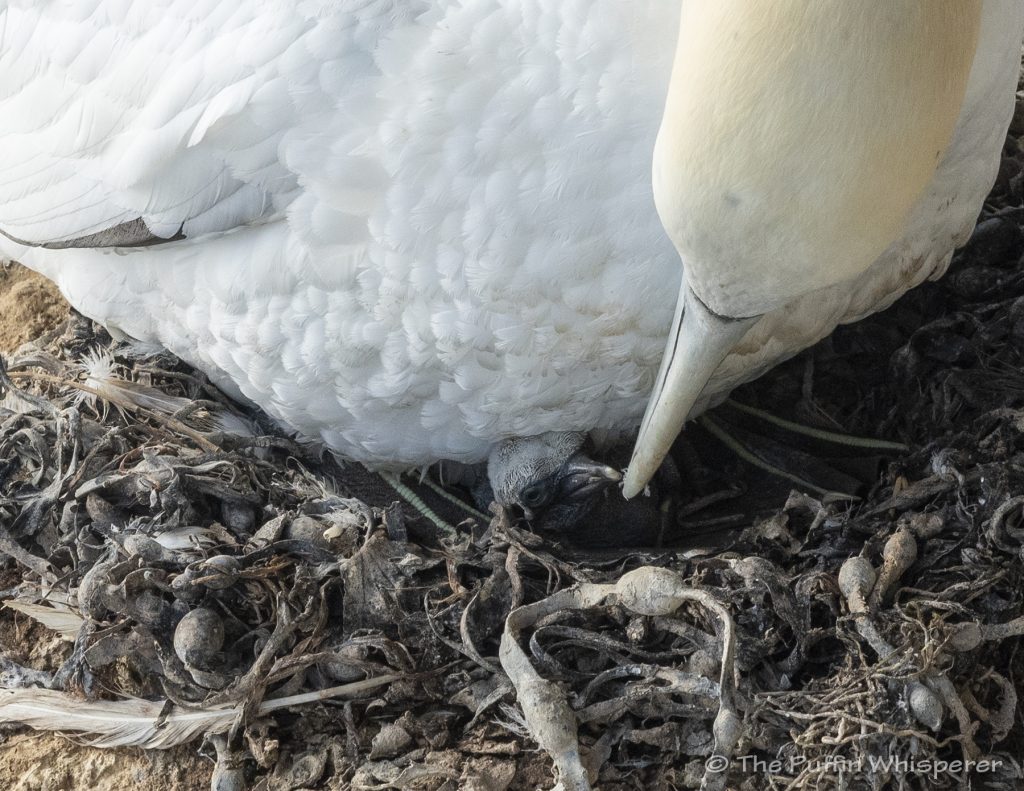

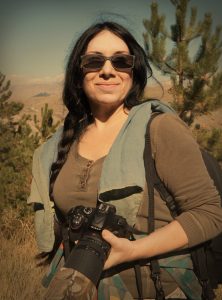




Bellissime foto!
Grazie mille! 🙂
These pictures are truly amazing! Thank you for posting them. Please be careful on those cliffs. Grazie Mille e Brava!! 👏 👏 👏 😍
Hi Gina 🙂 Thanks very much! It’s a pleasure for me to share photographs and great wildlife stories. And yes, I will be! I was safe there, even if it doesn’t seem so on the photo 😀
Bellissimo reportage, molto emozionante! Grazie!
Ciao Marina! Che piacere averti qui! Grazie di cuore per il tuo commento! Sono ancora in fase di rodaggio qui, ma piano piano sto ingranando. 🙂 Inserirò anche il testo in italiano. Spero tanto che Greta ce la faccia a diventare una splendida Sula!
Fascinating, and your English is really very good indeed. Brava!
Thank you very much Charles!!! The final text has been corrected with a good help! 😉 Grazie ancora! E’ un piacere averti qui!
Hi Antontella, that is wonderful, as your photo’s as usual. It is very very late isn’t it for a chick in that area! I have seen the gannetries in St Kilda and the stacs in the Outer Hebrides, and my photography/camera is so poor I have have never had a decent photo let alone get in a position to see into a nest. Your photos are, of course, as beautiful as your puffins, thank you for sharing these wonderful photo’s and your story. 🥰
Hi Jude, thanks very much for your lovely comment! I am so glad you enjoyed it. It’s really a pleasure for me to share this beautiful story and the photos. It was a thrill to see that tiny chick. That was a good place for looking at them down the cliff. Yes it’s quite late for Greta to be there. The Autumn will arrive soon and I am hoping that she will make it! Anyway I visited Orkney also in November a couple of years ago and I remember to have seen a couple of juvenile Gannets (brown overall with white spotting – beautiful!) with the adults diving in Scapa Flow. Maybe they were the last hatching?